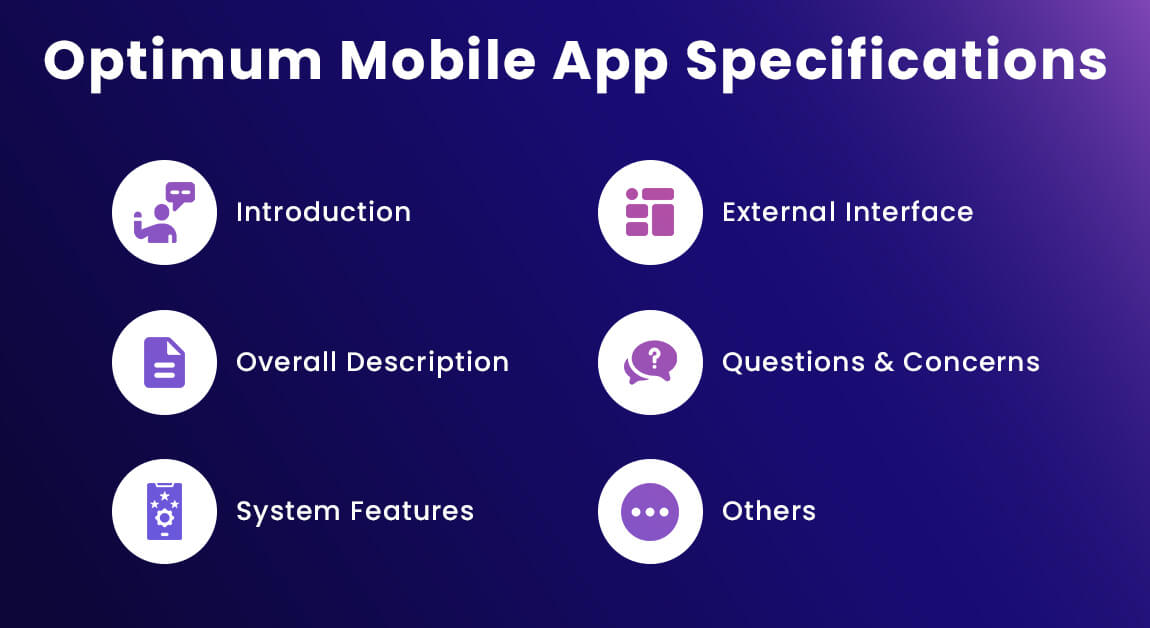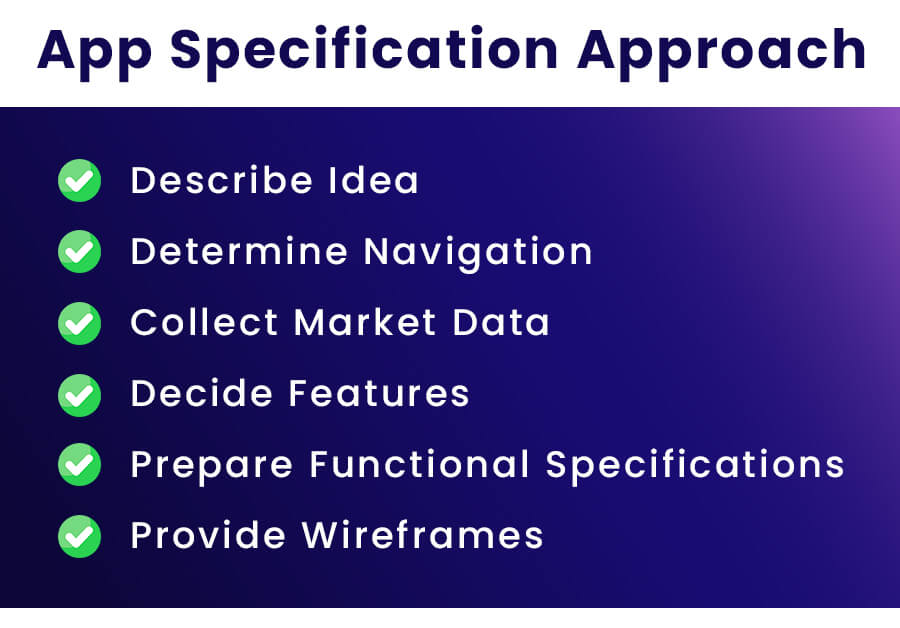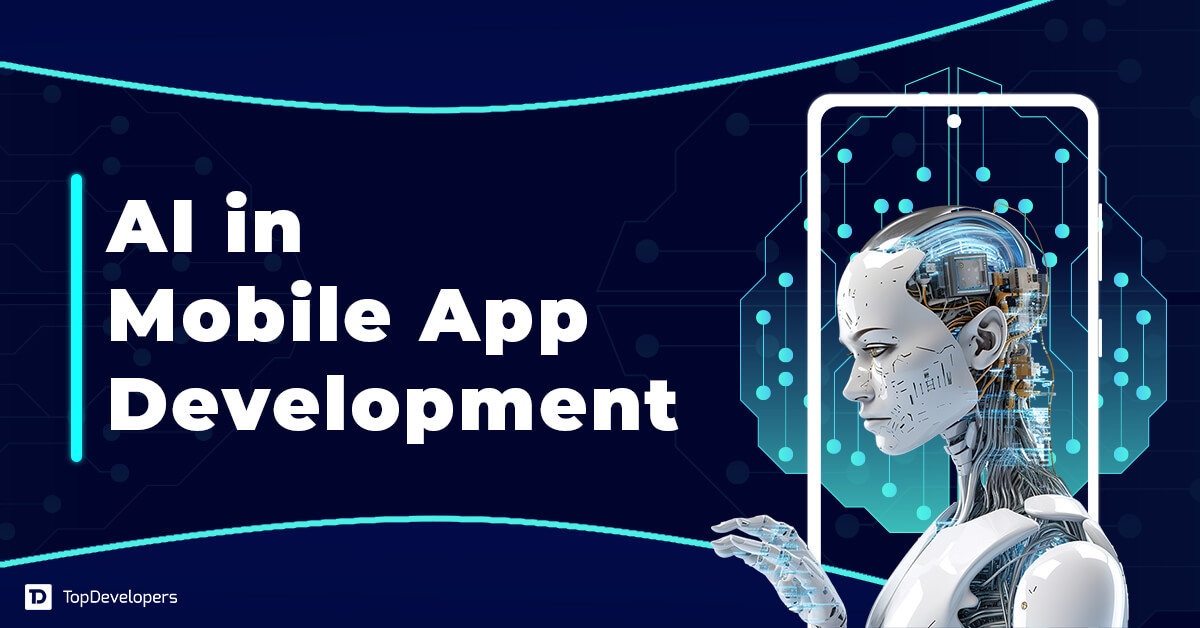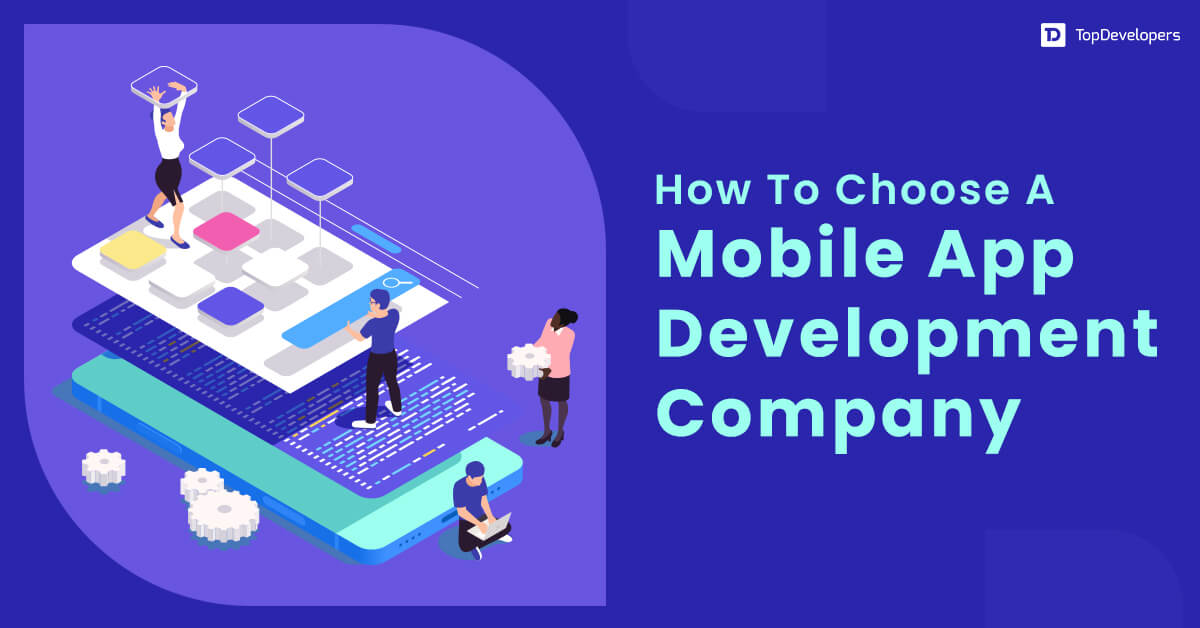
The application specification is a comprehensive and consistent document that defines the app’s prerequisites and combines the mobile app development team and the owner’s vision. It is essential for any business looking to build a mobile app because it serves as a roadmap for understanding the tasks that must be completed and prevents any unexpected issues during project execution.
It’s crucial to understand that the requirements for designing and developing a mobile app can be tailored to your specific needs. This article will delve into the significance of mobile app specifications and provide guidance on how to draft them effectively, empowering you to shape your app’s development process.
Table of Contents
- What is Mobile App Development Specification?
- Why Should You Write Project Specifications for Your Mobile App?
- What Must Mobile App Specification Documentation Contain?
- Characteristics of an Excellent Mobile App Specification Document
- Approach to App Specification Writing
- FAQs About Writing Specifications for a Mobile App Development
- Can I develop an app without mobile app requirement specification?
- How will you determine the app requirement document quality?
- What’s the difference between software requirements and mobile app development requirement specifications?
- Is it necessary to include technical specifications in mobile app development requirements?
What is Mobile App Development Specification?
A mobile app product specification is a detailed technical document outlining the important aspects of a mobile app for business, which includes the app’s features, goals, and technical requirements, serving as the foundation for a successful product and aligning the app development team with the owner’s vision.
Furthermore, it includes acceptance criteria, project success metrics, user requirements, and business requirements to aid in building a project scope. A well-prepared mobile app development specification document, even via template or from an example, prevents the development of unnecessary functions and reduces rework, thereby decreasing app development costs.
Some important points that mobile app development specifications should include are-
- A brief description of the app that determines the app’s purpose, main functionalities, and look and feel of the app.
- Define the business context of app development, including different ways to stand out the app and monetization strategies.
- Create user stories that help understand the project scope and build a creative solution.
- Prepare user personas that enable understanding of the target user base and develop user-centric applications.
- Provide functional specifications that contain a technology stack, a list of all the features, system requirements, interfaces, data requirements, and compliance information.
- Product design gives an idea about the UI/UX design of the application.
Why Should You Write Project Specifications for Your Mobile App?
Finding the right app development team is not as difficult as making the team understand the mobile app vision. That’s where detailed product requirements specifications play a crucial role for multiple reasons.
- Enhance project certainty: It clarifies the app’s core concept, features, user roles, and interconnections, preventing confusion during the procedure of app development and ensuring adherence to the original vision.
- Clarify project idea: It helps new team members understand expectations and tasks and fills the miscommunication gap.
- Timely deliveries ensured: With a ready mobile app development specification document, the team can better understand project requirements, define priorities, and review it repetitively to avoid building something else that ensures timely deliveries.
- Guarantee quality solution: The acceptance criteria defined in the project document make it easy for the team to understand what the client expects from the app, enabling meeting all the quality standards.
- No cost overruns: A requirements description helps in cost optimization. It enables the app development team to plan and prepare solutions that address critical issues at the best cost.
- Improve app’s longevity: It helps in the app’s future maintenance as it can become a part of the technical documentation during regular updates and continuous development.
What Must Mobile App Specification Documentation Contain?
A mobile app requirement specification serves to define the purpose of the product, as well as its design and key features. While there is no universal template for creating an app specification document suitable for all projects, several elements are commonly included. These elements may consist of:
Introduction
The ‘Introduction’ section of the app specification serves as a starting point, providing a brief overview of the document’s purpose, the person responsible for updating the specifications, and general information about the app, including its goal, target audience, platforms, and desired technologies. This section sets the context for the entire document, helping all stakeholders understand the app’s vision and requirements.
- Purpose: a brief statement that outlines the document’s objective.
- Document conventions: definitions and terms used throughout the app spec document.
- Intended audience: a description of the different types of readers for whom the document is intended.
- Project scope: a summary of the app features that will meet the business requirements.
- References: a list of any external links that may be required.
Overall Description
The following are common elements that may be included in a mobile app product specification:
- Product perspective: A description of the context and origin of the product prepared in a particular format.
- Product features: A table that lists all the characteristics that will be implemented in the app.
- User roles and rights: A brief table that describes the user classes and their corresponding rights.
- Operating environment: Hardware, software platforms, and other products that need to be considered.
- Design and implementation constraints: Anything that restricts the outside-the-box thinking of mobile app developers and designers.
- User documents: A list of user-related documents will be released along with the app.
- Assumptions and dependencies: A section for anything still unclear or unclassified in the current stage.
Product Perspective
Taking into account several important factors, the following are the specifications for the mobile app from a product standpoint:
- Describe the technology stack that will be utilized, including the backend, frontend, and mobile technologies.
- Create the database performance, even if it seems inconsequential at this point. This approach can effectively comprehensively comprehend every element of the system.
- Specify tables and their relationships to ensure data aligns with the app processes.
- Determine data to save, where to store it (for instance, device, cloud, server), and what data will be lost upon app exit.
- Specify the mobile app’s supported languages and writing systems (for instance, RTL).
- Define required third-party integrations, address performance and security, and describe the supporting infrastructure.
In addition to the above, include any extra remarks, inquiries, concerns, specific requests about the project, and preferred communication methods.
App Features
In this section, the desired features for your mobile application are outlined. A helpful approach is to visualize how users interact with the app and divide it into separate screens or actions. Listed below are some of the crucial features that have been noted:
- Login: The login feature, commonly utilized in mobile apps, can be done through the user’s email or social networks for a hassle-free login experience.
- Payment mode: A secure payment system such as Stripe or Braintree is necessary if your app offers paid services.
- Geolocation: Geolocation is an essential feature for apps like car-sharing, taxi booking, rental platforms, food delivery, and social apps that require it to function correctly.
- Chat: Chat is necessary for certain types of apps, such as social or dating apps. It can also be implemented to increase user experience. You can have live or comment-based chat depending on the app’s needs.
User Roles
It is essential to identify all the different categories of users using your application. The app development process is crafted for a few apps by considering only one role, while others may have multiple roles.
It is necessary to describe the user stories for each role so that you and your hired developers can better understand the required functionality from the user’s perspective. It ensures that the mobile app is developed to meet the needs and expectations of all users.
System Features
The app’s primary services must be defined in the mobile app specification document to cover all functional requirements. Each app feature should have a detailed explanation of its purpose and priority, the stimulus/response sequences for each trigger and the corresponding response.
The functional requirements for each service should also include use cases and user stories covering all possible scenarios, including alternate ones and exceptions.
External Interface
The technical specification for a mobile app contains various necessary external interfaces that must be considered, including User interfaces, hardware interfaces, software interfaces, and communication interfaces. These interfaces are crucial components of the app and should be given careful attention to ensure that the app functions properly and meets the needs of its users.
- UI/UX Design
The mobile app design specification should include a detailed prototype and description of all app screens and view sections, collectively known as the user interface. It is important to present each screen or tab separately, along with accompanying visual materials such as images and presentations.
- Hardware Interface
The mobile app product specification should include a detailed description of the logical and physical characteristics of the hardware interfaces between the app and the device it will be running on. It includes using physical controls, communication protocols, and any other relevant information about the interface between the app and the device.
In essence, the specification should outline the specific device models that the app is designed to run on and the specific interface requirements that must be met for the app to function correctly.
- Software Interface
This section of the mobile app development specification document focuses on the technical aspects of the app, including APIs, cross-platform compatibility, operating systems, databases, third-party tools, and integrated components.
It’s essential to specify whether the app needs social media integration and provide a general description of the server part, including configuring the mobile app to send data to and from an external server. Other adjustable parameters include the availability of print and in-app purchases, support for geographic data functionality, and push notifications.
- Communication Interface
This section covers various communication protocols and related definitions, such as email, browser, server exchange protocols, and message formatting.
Questions and Concerns
It is important to write mobile application requirements to create a comprehensive and practical functional specification for a mobile app. Here are some key questions to ask when creating clear guidelines for your mobile app specification:
Question: What are the business objectives or purpose of your app?
A: It is important to consider the purpose of your app, its business idea, and the problems it will help users solve.
Question: Who are the end users of your app?
A: Having a proper understanding of your mobile app users will help you create strategies to target them and design your mobile app UI to attract more users to convert into your customers. Also, understanding their demography, such as age, income, and background, can be helpful.
Question: What features will your app have?
A: One can integrate many features into their mobile application. Login, payment processing, push notifications, and alerts are standard app features that should be defined in your mobile app specification.
Performance
When conducting a performance evaluation, it is important to pay close attention to metrics that can be measured, such as working speed, efficiency, effectiveness, and other related facets.
Safety & Security
During the mobile app development process, it is important to consider all necessary precautions to prevent any potential harm. Additionally, it is critical to implement all required standards and provisions to avoid any data breaches from occurring.
Other Requirements
This section can include any additional requirements that do not fit in any other section of the mobile app development specification documents. Other important information can be included in the form of appendices, which are divided into several sections to provide more details on various requirements specified, such as:
- Appendix A: Glossary – containing definitions to help understand the Software Requirements Specifications (SRS) better.
- Appendix B: Analysis Models – a Data Flow Diagram (DFD) is required for diagrams and visual modeling results.
- Appendix C: List of Problems – for any unfinished parts or unclear details, with the use of TBD (To Be Determined) note for such cases.
Characteristics of an Excellent Mobile App Specification Document
Creating a mobile app development requirements document that is easily understood by business clients, development teams, and investors is essential. So, the document’s content, tone of voice, writing style, and specific characteristics make it better for all the stakeholders to comprehend. The ideal mobile app development requirement specification document should be
Complete
The document should have all the information required about different documentation points. For example, the tech stack should define what technologies and tools to use for the app development project.
Correct
The app development requirement document must be accurate with attention to detail, which must be verified and discussed by the business client and development team.
Consistent
Different sections in the specification document should include information consistently mentioned or used throughout the document. For example, the functionalities mentioned in the introduction must be in functional requirements with the same name. Otherwise, the contradiction will confuse the developers.
Feasible
Mention project requirements achievable by the team using specific technologies within a realistic timeline and without going out of budget. Evaluate the feasibility before finalizing the document.
Prioritized
Set a priority level for all the requirements defined in the document so developers can develop and deploy them in a specific order.
Customizable
Design flexible requirement documents that can be restructured in the middle of development so the developers can accommodate the changes in project requirements.
Approach to App Specification Writing
The process may seem time-consuming and extensive when writing a development specification document for a mobile app, but it is relatively easy. You can gradually progress from basic to more intricate details if you have a clear idea of the app’s intended design.
Describe the Vision
To develop a Product Perspective section for a mobile app, it is necessary to summarize its main features and intended user base while incorporating relevant contextual details like competitor analysis or identifying a niche market. Subsequently, conducting extensive research to determine the best technologies, tech stack, and tools to implement the app’s vision is crucial. By following these steps, a comprehensive text can be created that is suitable for a Product Perspective section.
Determine Basic Navigation
Brainstorm all possible user actions and system responses, identify any omitted actions, and evaluate each for alternative scenarios and potential exceptions. Typically, user and system actions follow a back-and-forth pattern.
Collect Market Data
Instead of including extensive marketing research in the requirements specification document, it is more appropriate to analyze primary competitors, their products’ platforms (iOS, Android, or both), and their relative popularity. It is also helpful to include audience details such as preferred mobile operating system, gender demographics, age range, income level, and geographical location.
Decide Features
Reassess the feature list to determine its importance and priority. Some app features may be deemed unnecessary, while others require less development time. The “MoSCoW” analysis technique can facilitate this process by categorizing features as must-have, should-have, could-have, and won’t-have (refer to the linked resource for further details). After being updated, the feature list should only include those that align with the business objectives.
Prepare Functional Specification
This section may seem more complex than the previous ones, but it is not. To start, use the validated scenarios to create a table of user roles. Then, make a table with the characteristics of your mobile app to aid in completing the System Features section.
Although there are other tables to fill out, they are all brief. After reviewing them, half of the non-functional requirements may be unnecessary. Moreover, a quick Google search can find all the necessary data for the remaining tables.
Provide Wireframes
The concluding phase of the process is typically the most time-intensive. Although it may not be essential to create wireframes for every screen in the app, all of the features mentioned previously must be incorporated into the wireframes.
You can streamline and accelerate the process of prototyping or wireframing with various tools such as Azure RP (for both Windows and Mac), Balsamiq (for Windows, Mac, web, and Google Drive), Figma (for Windows, Mac, and Linux), Sketch (for Mac), and several others.
Do you know: How to Protect Your App Idea?
Technical Specifications
Technical specifications of mobile apps should include types of technologies, tools, storage, development approach, and emerging tech required during app development. You can opt for native apps or cross-platform development based on your time, budget, and quality needs. The platform selection is followed by the programming languages and other technologies to choose for development.
Determine database requirements, including storage type, hosting servers, and data security measures for the mobile app, where developers can help. Advanced technology integration such as AI, AR, VR, or IoT ensures innovative development that maximizes user engagement and delivers the best experience.
Define Timeline, Milestones, and Deliverables
The development schedule approved by the client and development team helps determine the project timeline and enables easy progress tracking. A Gantt chart showcases how the project is developed, tested, and deployed in different phases; important milestones are displayed, and a deadline is set for each phase so that development is done within the project schedule.
Mapping out schedules, milestones, and deliverables beforehand ensures that the project will be completed on time and that the client can easily track the ongoing project.
Conclusion
Having a clear mobile app specification is crucial in the development process. In quality and successful mobile app development, is a mandatory step for smooth sailing. Although it may seem daunting to invest in app specifications documentation at the outset, they can prevent higher expenses during the later stages of the project.
The best mobile app development companies follow the app specifications process to create exceptional apps that align with their clients’ mobile app business plans. Developing a specification document of the app can help app development companies and developers better understand the idea and define all project goals and measurements, facilitating the overall process that helps create a successful mobile app.
FAQs About Writing Specifications for a Mobile App Development
Can I develop an app without mobile app requirement specification?
Yes, an app is developed without creating mobile app development requirement specifications, especially when building a clone app. However, with a document in place, making the team understand the project and build a quality app aligned with your expectations is possible. Also, setting budgets, timelines, and other things is difficult.
How will you determine the app requirement document quality?
The app requirement document quality is determined with rigorous inspection. It involves identifying all the issues in the requirement specification document, and later, they are classified into different categories such as wrong, incomplete, inconsistency, unnecessary, and others. It helps calculate particular defect densities that showcase the quality of the created document.
What’s the difference between software requirements and mobile app development requirement specifications?
Mobile app and software development requirements have minor differences in system requirements, monetization model, and marketing approach.
Is it necessary to include technical specifications in mobile app development requirements?
Yes, including technical specifications in the mobile app development requirement specification document is essential because technology is the backbone of the app. Without defining apt technology specifications, making the app perform to the notch, seamless integration with other systems, and ensuring security becomes implausible.
 Avantika Shergil
| Oct 2, 2024
Avantika Shergil
| Oct 2, 2024
Avantika Shergil is a technology enthusiast and thought leader with deep expertise in software development and web technologies. With over 8 years of experience analyzing and evaluating cutting-edge digital solutions, Avantika has a knack for demystifying complex tech trends. Her insights into modern programming frameworks, system architecture, and web innovation have empowered businesses to make informed decisions in the ever-evolving tech landscape. Avantika is passionate about bridging the gap between technology and business strategy, helping businesses build customized software and website, and understand about different tools to leverage effectively for their ventures. Explore her work for a unique perspective on the future of digital innovation.







